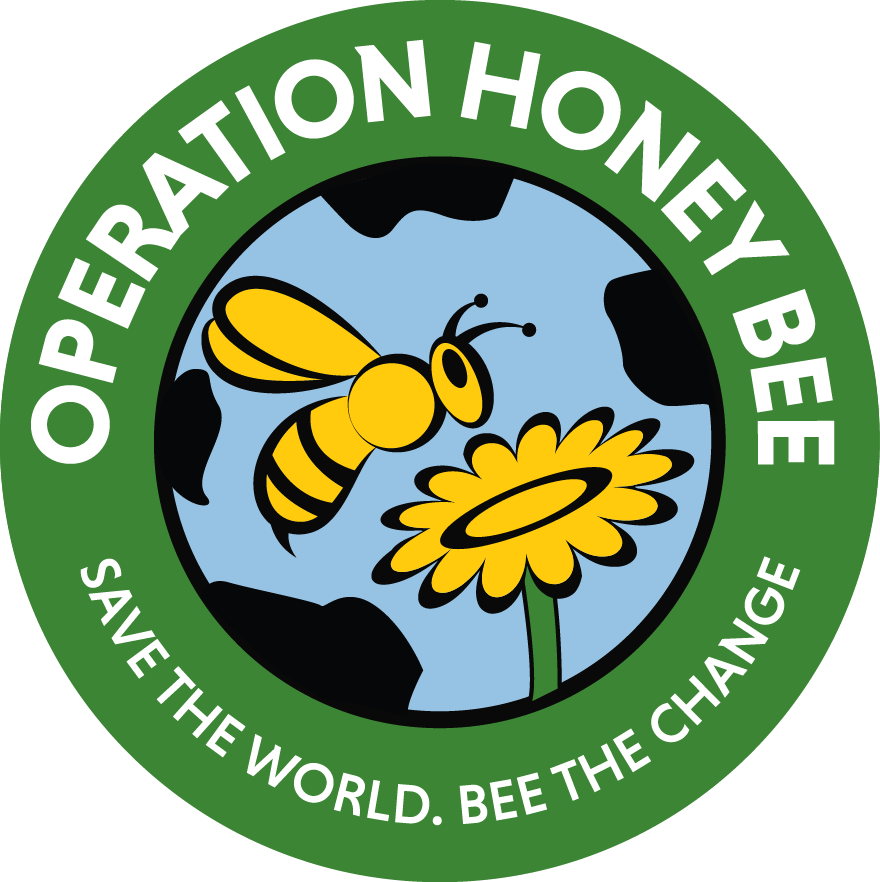Blog
Recent Posts
Honey Bee Facts
Posted on
Some interesting and fun facts about Honey Bees:
- A single honey bee may collect 1/12 teaspoon of honey in her lifetime.
- To make 1 pound of honey, bees may need to fly 50,000 miles.
- Honey bees may forage up to 2-5 miles from the hive.
- Bees do not hibernate, but cluster for warmth. They remain active all winter.
- Bees will maintain an internal cluster temperature of 92 degrees in the coldest part of winter while raising brood.
- Bees will disconnect their wings allowing then to pump their wing muscles to create heat
- Bees fly outside the hive normally when temperatures rise above 50 degrees.
- A beekeepers main tools are a protective veil, smoker, gloves, and a hive tool.
- Smoke inhibits alarm pheromone from alerting other bees of danger. They also gorge themselves with honey in preparation of possibly fleeing a wildfire, taking as much resources with them as possible.
- A beekeeper will harvest extra honey that bees store beyond what they need to survive. The record harvest for one colony is 404 pounds, by the Aebis Family in 1974.
- Raw honey contains many beneficial minerals and vitamins. Honey also has antibacterial properties and anti-oxidant benefits. Many claim allergy relief by using local honey that contains pollen.
- There are many varietals of honey. From orange blossom honey, award winning tupelo honey, clover, alfalfa, blueberry, to apple blossom.
- Honey comes as extracted, liquid, creamed. or in the comb.
- We only produce about 30% of the honey we consume in the U.S.
- Local beekeepers produce the best "green" sweetener you can buy....local honey.
- Besides honey, you can harvest pollen, propolis, and beeswax.
- Directly, honey bees pollinate the flowers of 1/3 of all fruits and vegetables.
- Indirectly, honey bees pollinate 70% of the food crops, through seed production, etc.
- There are 1/2 the number of beekeepers there were 25 years ago.
- There are 1/3 less beehives as there were 25 years ago.
- For every 100 beekeepers, 95% are hobbyists, 4% sideliners, and 1% are full time or commercial beekeepers.
- Beekeeping dates back at least 4500 years.
- Beekeeping can be a sustainable endeavor.
- Renting bees to farmers in need of pollination generates a source of income.
- Beehives are kept on farms, in backyards, on balconies, and high-rise rooftops, all across the country.
- There are local, county, state, and national bee associations.
- Honey bees are kept or managed in all 50 states.
 Loading... Please wait...
Loading... Please wait...
